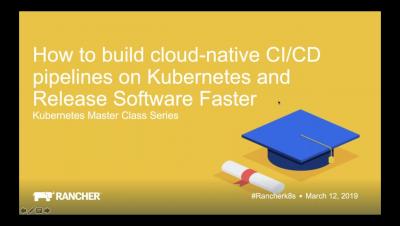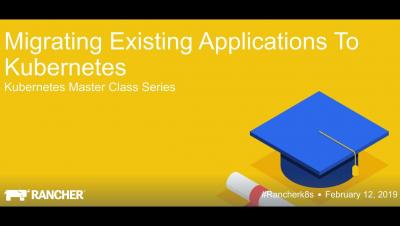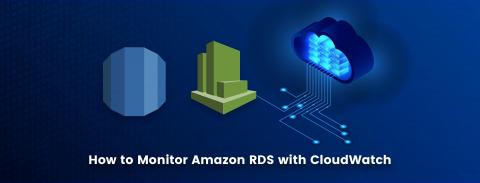Operations | Monitoring | ITSM | DevOps | Cloud
%term
How to Build Cloud Native CI/CD Pipelines on Kubernetes and Release Software Faster
Kubernetes Master Class: Migrating Existing Applications to Kubernetes
Introducing Interactive Slack Notifications
Quickly responding to new, reactivated, and otherwise important exceptions is a critical part of adopting continuous delivery and other DevOps best practices. Rollbar provides code version-specific dashboards and a live feed for proactively monitoring for exceptions during a deploy, but for those exceptions that happen when you aren't actively watching Rollbar, our Slack integration is the most popular way to get real-time alerts.
How to Monitor Amazon RDS with CloudWatch
Amazon RDS allows you to store your application data in databases without having to actually manage the servers the databases are hosted on. It also allows you to easily set up read replicas and take snapshots of your database. However, since it’s a managed service, you have less visibility with traditional monitoring tools. As such, it becomes even more important to take advantage of the available monitoring tools in AWS.
Web Frameworks Implication for Serverless Cold Starts
In the world of web applications, Web Frameworks (WF) existed for a very long time. Traditional WF existed in a world without the notion of microservices, let alone the notion of serverless. Many first-time serverless users use WF to ease the transition into the ecosystem, sometimes unaware of its effect on the performance. The following post focuses on potential cold start issues when using WF in the NodeJS ecosystem.
Support Your Customers More Effectively with Honeycomb
Customer success can be a serious differentiator and competitive advantage for companies today. Everyone wants to ship quality products to their customers faster, and the rise of subscription-based pricing and SaaS applications in the last decade means that ensuring customer success is a more critical part of the business than ever.
U.K. Calls a "Brexit" on Pagers
National Health Service’s (NHS) recent announcement on the ban of the pager represents great news for U.K. healthcare organizations and their practitioners. The ban not only represents a transformative move, it also showcases pagers’ lackluster performance in providing secure, clinical communications. Now that pagers are making their way out of U.K.
Digital Transformation Is Top IT Priority in 2019, TechTarget Reports
Java 12: New Features and Enhancements Developers Should Know
Oracle will soon roll out Java 12 in March 2019 and new releases will drop once every six months thereafter. The goal is to make new releases more frequent for the Java ecosystem, with certain releases earmarked as long-term support (LTS). And by support, we mean the allocation of update releases for bug fixes and critical security patches. This latest version offers a list of new features such as Switch Expressions, Default CDS Archives, Shenandoah, Microbenchmark Suite, among others.











